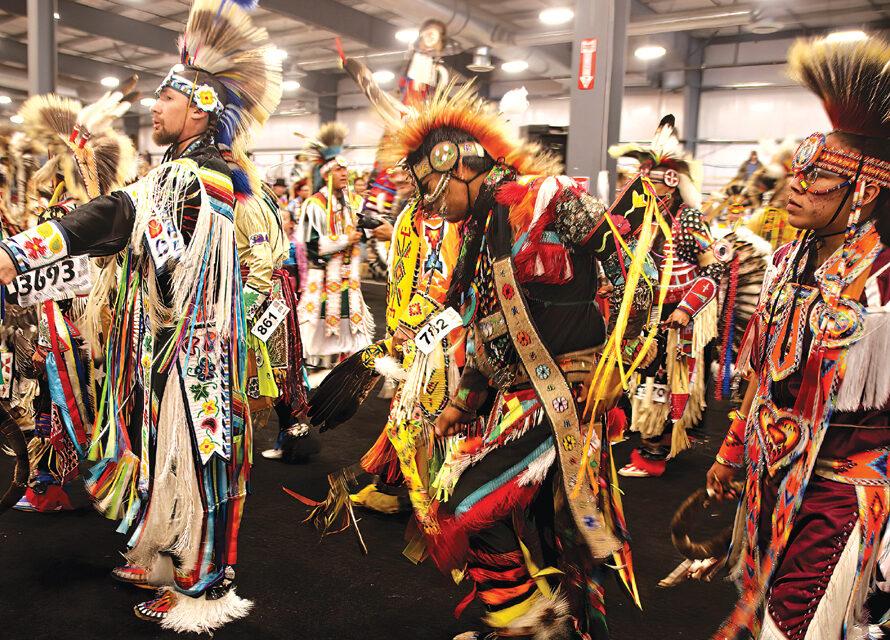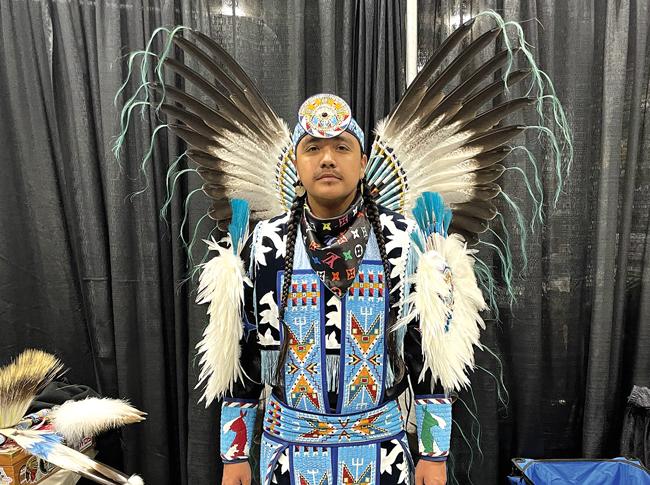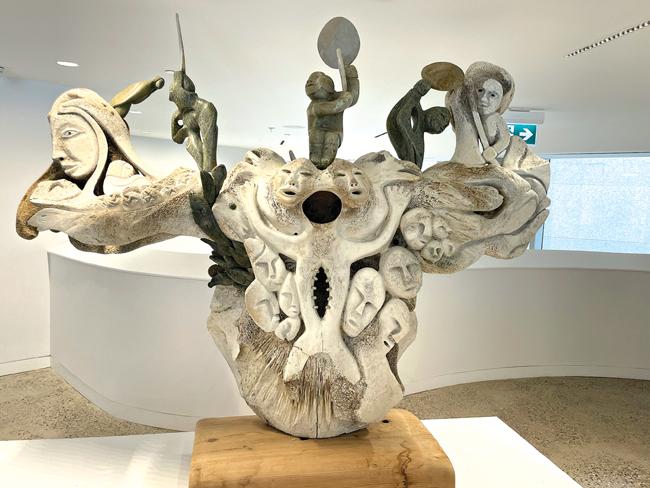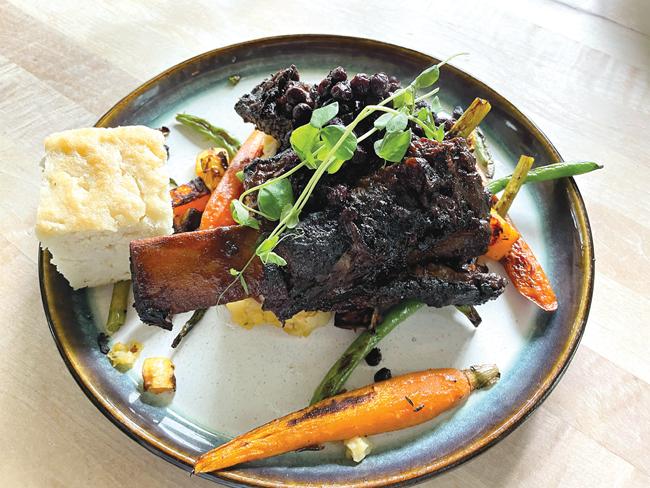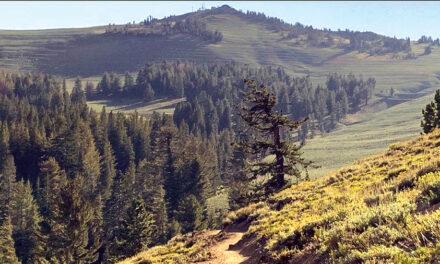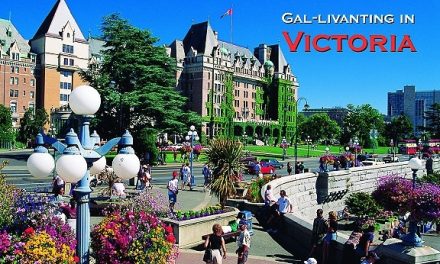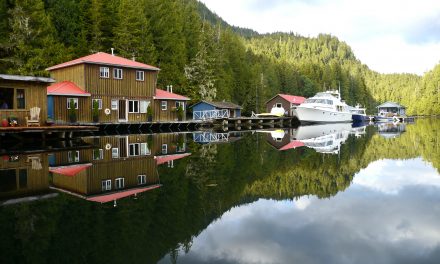Canada
Igniting the Spirit in Winnipeg
Article and photography by Steve Gillick
The spirit of Winnipeg, the capital and largest city in the Canadian province of Manitoba, is steeped in history, culture, and tradition. The Forks National Historic Site, now a popular area for learning, recreation, and dining, marks the confluence of the Red and Assiniboine Rivers. It was here some 6,000 years ago that First Nations gathered to trade goods from the forests and the prairies and to share practices, customs, and beliefs.
On a return visit to the city, whose name is Cree for ‘muddy water’ (referring to Lake Winnipeg), I attended the annual pow-wow, Manito Ahbee (an Ojibway term for “where the creator sits”).
According to Katherine Strongwind, Marketing and Communications Manager, a pow-wow is a gathering where all tribes come together. The celebration is inclusive, and indigenous peoples and non-native visitors can learn about each other and the land they live on. “We are one with the land on Turtle Island (the name used to denote Earth or North America)”.
Dezirae Tootoosis, the Head Lady Dancer, explained that visitors derive energy from watching the pow-wow. Ten-year-old Grass Dancer Tatum Mentuk confirmed that “when I hear the drums, they are talking and calling my spirit”. And Kasen Street, the Head Man Dancer, explained that dancing is healing. “You are dancing for those who can’t dance, and if you make at least one person feel good, then it’s worthwhile”.
The Grand Entry featured 1170 dancers, chiefs, dignitaries, and royalty. It was a stunning spectacle of color and song. Most participants wore magnificent regalia reflecting their position in the tribe and/or dance specialty, with vivid colors harkening back to each person’s naming ceremony and tribal affiliation. It was mesmerizing.
And this energetic spirit accompanies visitors when they explore Winnipeg.
In Qaumajuq (pronounced cow-my-yok), the gallery containing the largest collection of Inuit art in the world visitors learn how powerful art can be. “It energizes people”, according to Learning Coordinator Colleen Leduc. Seeing a pair of 2000-year-old snow goggles or pondering Abraham Anghik Ruben’s “Memories: an Ancient Past”, or learning about the ancient Inuit legend of Nuliajuk, present in Goota Ashoona’s sculpture “Tuniigusiia/The Gift”, just outside the front door of the Museum, is part of working toward healing, learning about Indigenous culture, and celebrating the land”.
The Leaf in Assiniboine Park is a different celebration of the land. Visitors walk through four distinct indoor biomes showcasing the diversity of plants across the globe and then visit six outdoor themed gardens. Notably, the Indigenous People’s Garden highlights the elements of fire and water amidst a naturalized garden inspired by the Manitoba landscape.
Indigenous history and culture feature prominently in the excellent exhibits at the Manitoba Museum, the Garden of Contemplation at the Canadian Museum for Human Rights, and the wildlife preserve at Fort Whyte Alive.
Foodies can discover delectable dishes on Indigenous-inspired menus at such places as Manoomin and Gather Craft Kitchen and Bar. At the Feast Café Bistro, celebrated Chef Christa Bruneau-Guenther’s dish, Braised Bison Short Rib, complemented with root vegetables, smoked wild blueberries, and juniper maple demi-glace, is a memorable experience!
Winnipeg is one of the most diverse cities in Canada due to the waves of immigration that began with French fur traders in the 18th century and continues to this day. But visitors who come to interact with Indigenous history and culture will ignite their spirit of curiosity, education, discovery, beauty, music, storytelling, gastronomy, traditions, healing, and awe.

